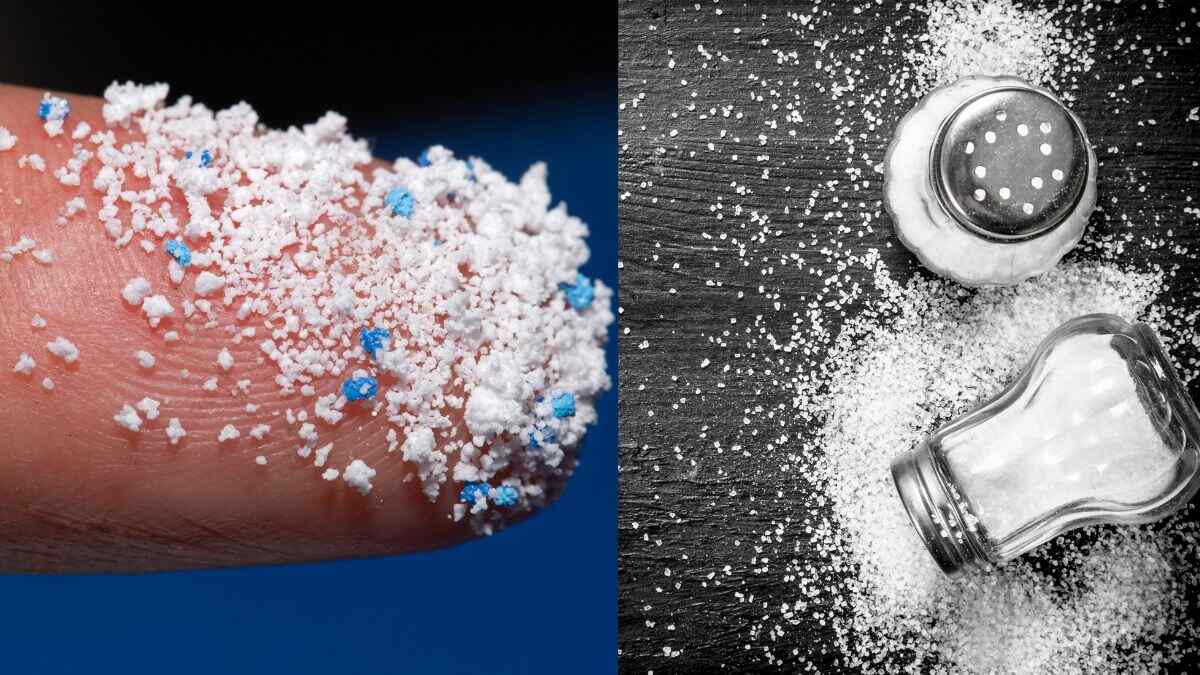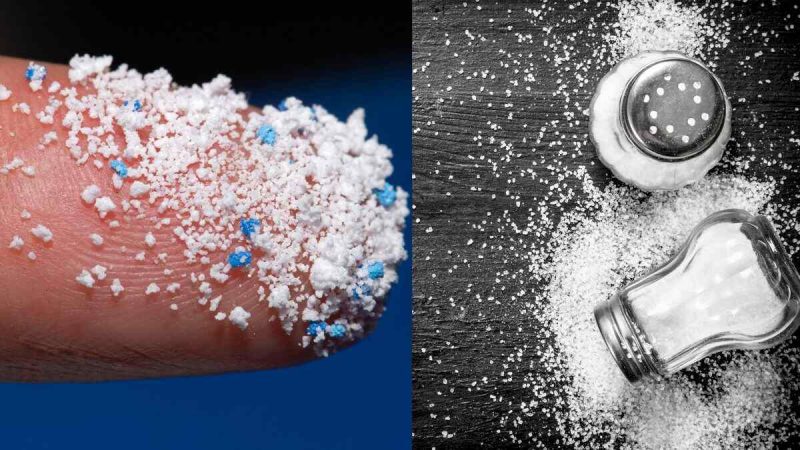The entire world is getting exposed to microplastics in several ways. These small plastic fragments enter human bodies and cause several health concerns. Human beings’ exposure to plastic is alarmingly increasing. Previously, studies have proven the presence of microplastics in food items. A recent study highlighted their accumulation in different internal organs.
Study Discovers The Presence Of Microplastics In Human Olfactory Bulb
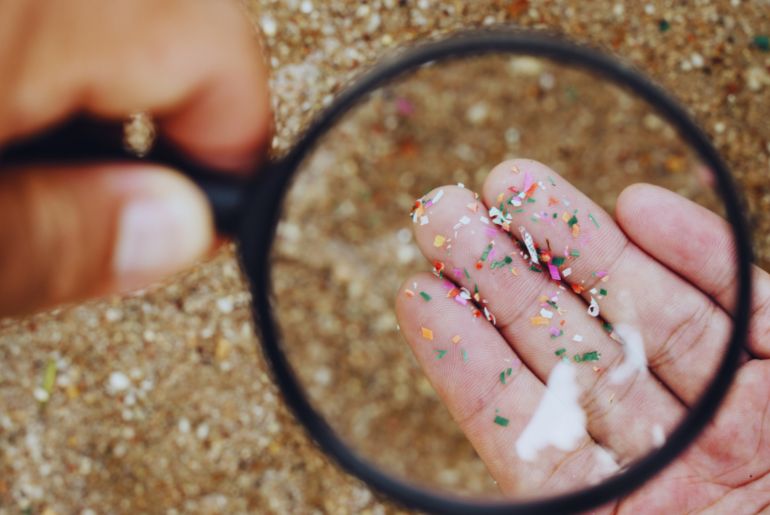
According to the journal JAMA Network Open’s recent study, microplastics swiftly make their way into the olfactory bulb of humans. Microplastics may end up posing health issues for human beings shortly. In between so many reports and speculations, this study’s focus on microplastics getting a potential way to enter the brain is frightening.
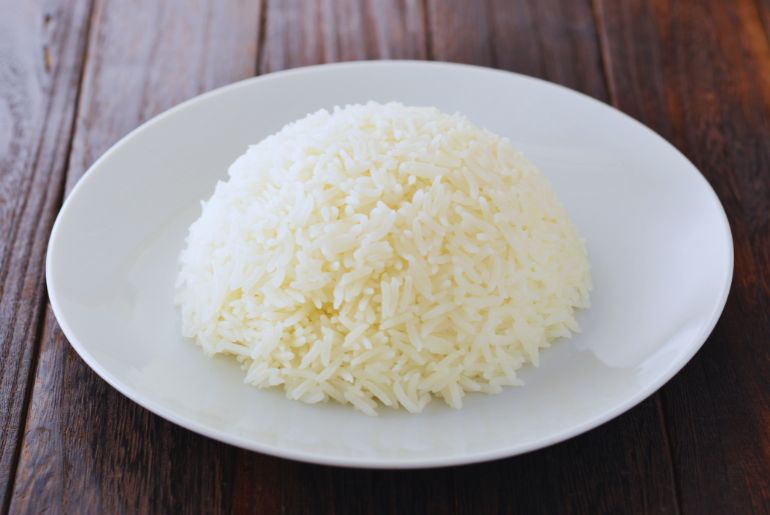
According to a report by The Times Of India, some of the most consumed food items contain microplastics and these small plastic pieces can enter our bodies from eating food. Rice is a staple food in most people’s everyday diet. Unfortunately, microplastics can make its way inside human bodies with this food. According to a study by the University of Queensland, there is a chance of consuming 3-4 mg of plastic by eating about 100 g of rice.
Several studies and reports highlighted the presence of microplastic fragments in sugar and salt. These tiny bits are found contaminating these common ingredients in various forms.
More Food Items Containing Microplastics
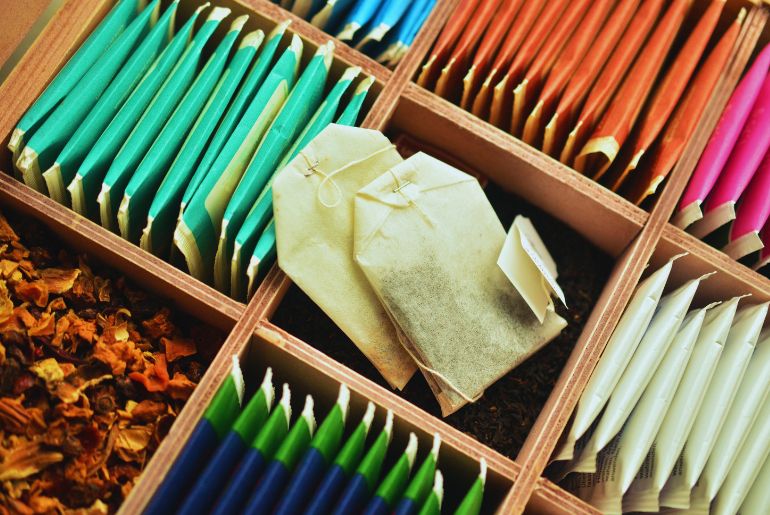
The simplest tea-making method is dipping tea bags in a cup of hot water. Unfortunately, these small pouches contain an alarming amount of microplastics. The most problematic factor is how hot water can trigger microplastics to release harsh materials in a cup of tea. It is advisable to make tea traditionally and avoid using these tea bags.
Water pollution is a major crisis presently. From ponds to rivers to oceans, most water bodies are harmfully polluted. Ocean water contains microplastics and fishes and other lives end up consuming the same contaminated water. Once humans eat seafood, the same microplastic fragments enter human bodies.
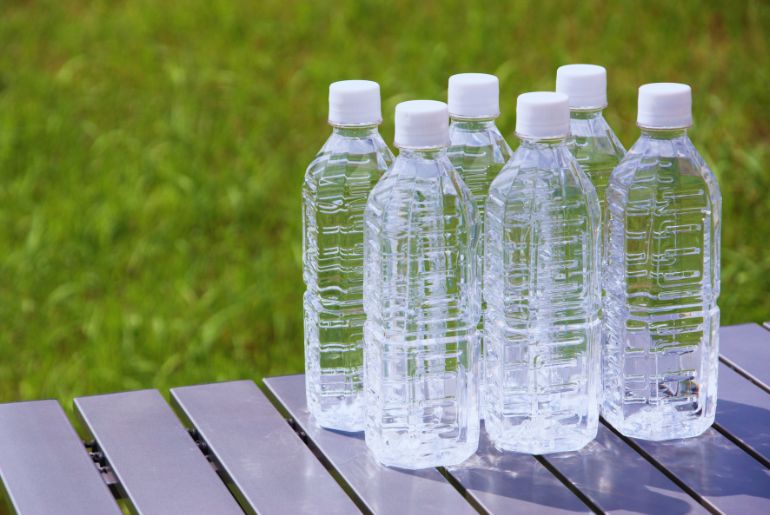
Single-use plastic water bottles are one of the most-used items exposing humans to microplastics. According to a study published in the journal Proceedings of the National Academy of Sciences, one litre of bottled water contains around 2,40,000 microplastic pieces. Also, nanoplastics constitute about 90 per cent of these fragments.
We need to be extremely mindful of the food items we are consuming.
Cover Image Courtesy: Canva
For more such snackable content, interesting discoveries and the latest updates on food, travel and experiences in your city, download the Curly Tales App. Download HERE. First Published: September 18, 2024 11:02 AM
